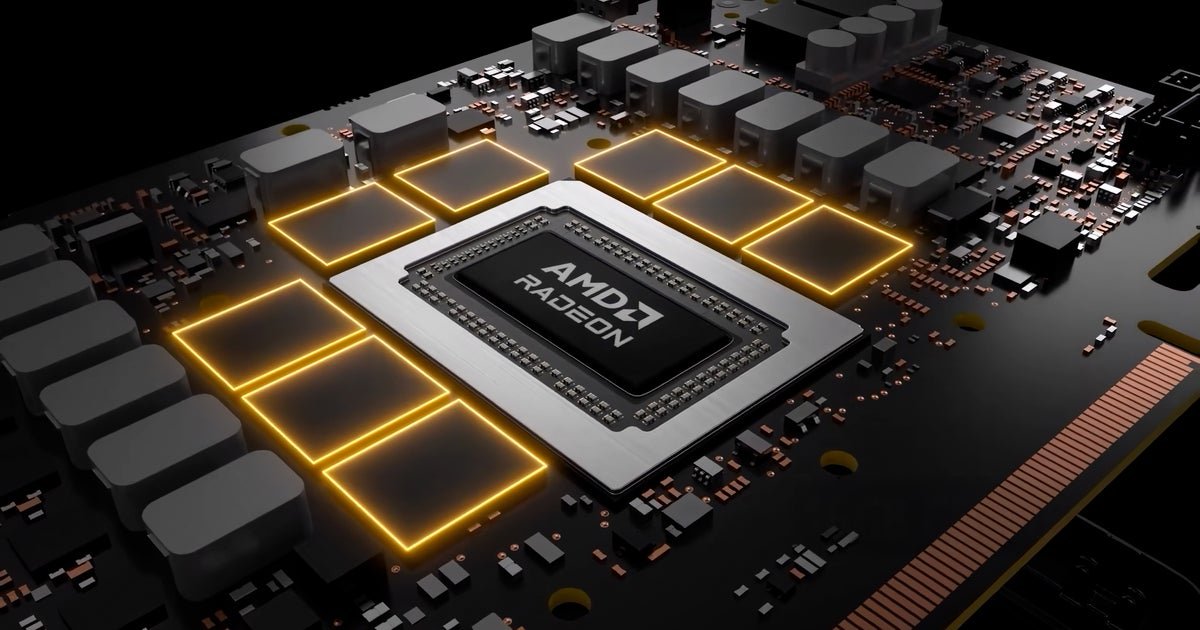
Before putting the Radeon RX 9070 and RX 9070 XT to the test, I couldn’t help but wonder what new tricks AMD had up its sleeve. Despite offering good performance, competitive prices, and even slashing prices on older models, AMD still only holds a small share of the discrete graphics card market, as shown in the Steam Hardware Survey. So, what sets RDNA 4 apart?
These latest RDNA 4 graphics cards bring two key elements to the table: a DLSS alternative called FSR 4 and a major boost in ray tracing performance. These advancements have led to some impressive results, coupled with surprisingly reasonable prices of £524/$549 for the RX 9070 and £569/$599 for the 9070 XT.
Performance tests reveal that the RX 9070 edges out the RTX 5070 by about eight to ten percent at the same price point. Meanwhile, the RTX 5070 Ti outperforms the RX 9070 XT by five percent at 4K and three percent at 1440p, but the AMD card comes at a $150 lower price tag – making it the top choice among the Nvidia and AMD lineup.
### Sapphire’s Stylish Graphics Cards
The cards we got our hands on for testing are typical in terms of size, build quality, and factory overclocks, but they come with a unique twist – a white Sapphire Pure design that caters to the trend of white gaming PCs.
The 9070 XT we’re reviewing carries a price tag of $679, while the non-XT version costs $620. Both models boast impressive specs, with the XT offering slightly higher performance thanks to its boost clock of 2.97GHz compared to the non-XT’s 2.7GHz. However, the power consumption of the XT model is notably higher at 304W compared to the non-XT’s 220W.
In terms of memory and interface, both cards feature 16GB of memory and a 256-bit memory interface using GDDR6 technology, sticking to what has already proven to work for AMD.
*The Sapphire 9070 XT and 9070 models we reviewed have slightly higher clock speeds, leading to increased power consumption compared to reference models.
Overall, when it comes to power efficiency, AMD cards tend to consume more power than Nvidia’s lineup, with varying outcomes depending on the game being played. Despite this, the non-XT model of the RX 9070 holds its own against Nvidia’s offerings while providing significant cost savings.
With a top-tier system backing up the graphics cards in our tests, including the AMD Ryzen 7 9800X3D CPU and high-end components, let’s dive into the benchmark results.
### AMD Radeon RX 7090 / 7090 XT Analysis
– Introduction
– RT Benchmarks: Alan Wake 2, Avatar: Frontiers of Pandora, Cyberpunk 2077
– RT Benchmarks: Dying Light 2, F1 24, Hitman: World of Assassination
– R Benchmarks: Indiana Jones and the Great Circle, Metro Exodus Enhanced Edition, A Plague Tale: Requiem
– Game Benchmarks: Alan Wake 2, Black Myth: Wukong, Cyberpunk 2077
– Game Benchmarks: F1 24, Forza Horizon 5, Senua’s Saga: Hellblade 2
– Game Benchmarks: Hitman: World of Assassination, A Plague Tale: Requiem
Stay tuned for our detailed analysis of the Radeon RX 7090 and 7090 XT performance across a range of games and benchmarks.



